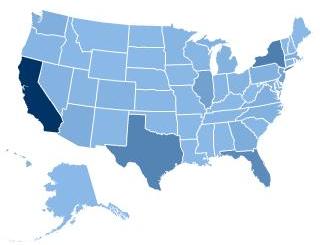Mary Giovagnoli, director of the IPC, was quoted in a BBC article discussing the Administration'...
Get the Facts
The total earnings of DREAM Act beneficiaries over the course of their working lives would be between $1.4 trillion and $3.6 trillion.
IPC in the News
The Fiscal Fallout of State Immigration Laws
-
06/14/12
State-level immigration laws don’t pay off. That’s the consensus from business and agricultural...



